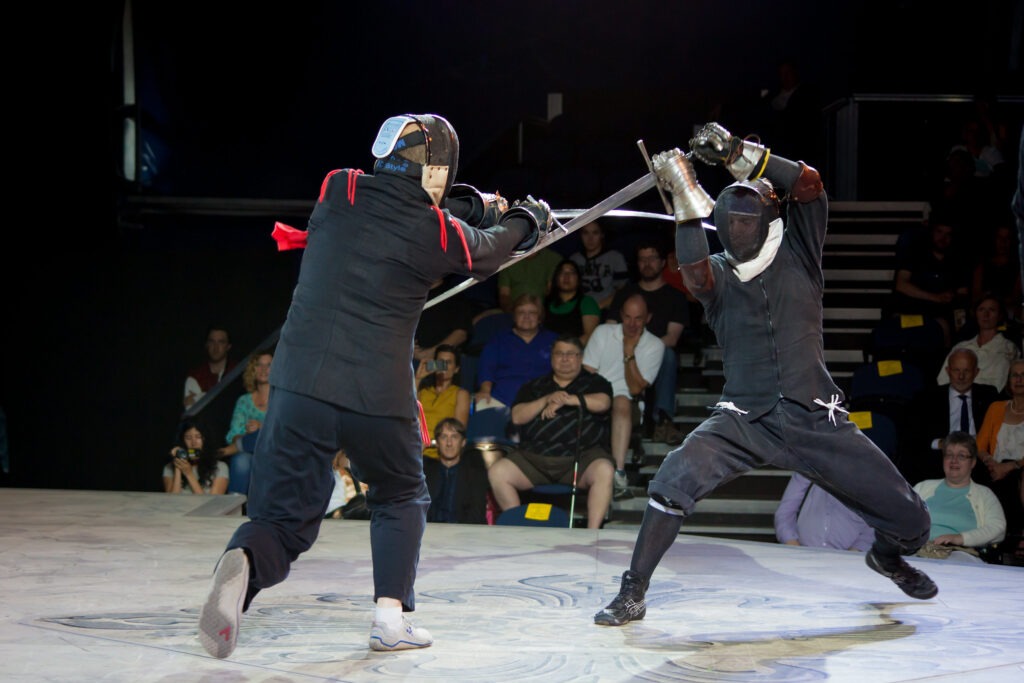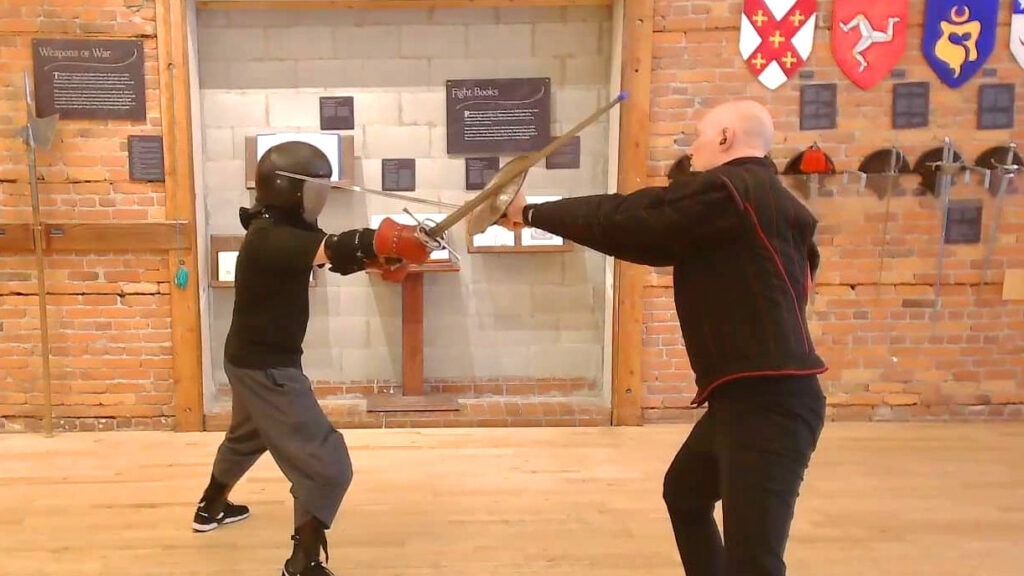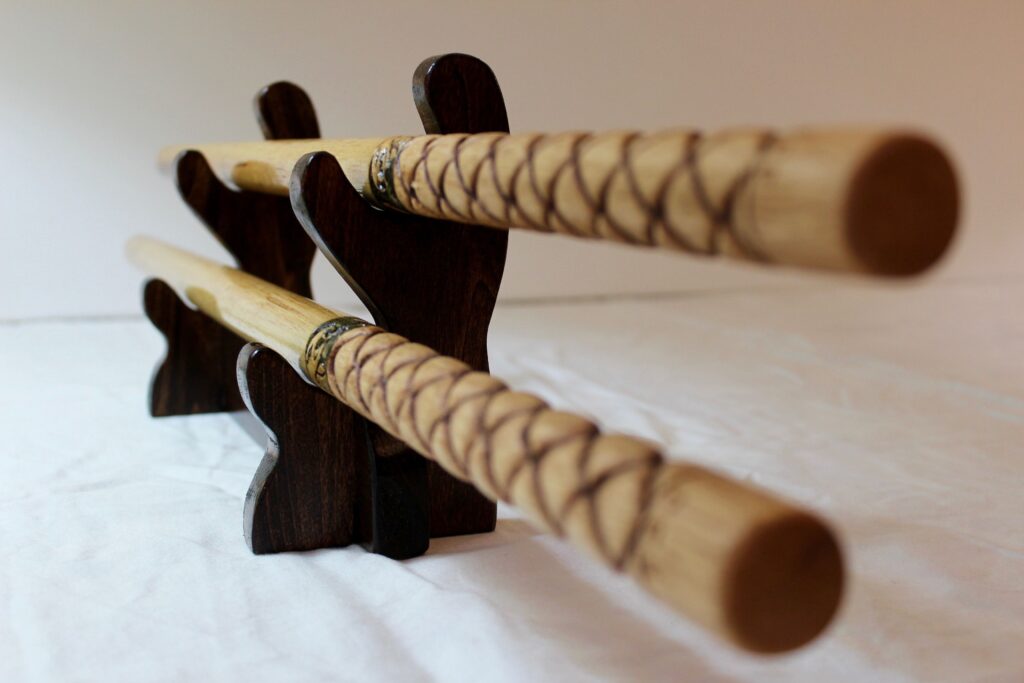Obedience and Conspiracy

To put one’s opponent into obedience is to force them into predictable action based on threat and cover (control of their attacking lines). You can think of obedience as making your opponent dance to your tune.
This concept is pretty central in a lot of weapon based martial arts, it is certainly well represented in Italian rapier and is core to the foundational strategy that in Duello Armizare we call the True Fight.
The goal of the True Fight is to shut down the opponent’s direct attacking lines, force them to get around your control, and then use their motion to increase your control or strike. You are making the opponent obedient to you.
Shared Conspiracy
Teaching as a guest instructor not too long ago I encountered a curious case of obedience.
The lead instructor of this group was routinely putting his sword into a position of weakness in relation to his opponent’s: underneath their weapon and at an angle—something we call here a “weak angle”. Yet his opponent, when placed in this position, would routinely attempt to escape around his sword and thus give him the opportunity to place them in a second “control” position or strike them.
What was going on had the tactical flavor of obedience but was inherently flawed.
In my lesson with this group, I asked the instructor to put me in this same position of “control”. After talking through how he expected me to respond I proceeded to instead hit him directly through his sword with a straight thrust, which he was unable to prevent.
His position of control, which worked so well in his group, was based on a flawed mechanic. His position was structurally weak but everyone in his group believed it was strong and responded accordingly. They had a shared conspiracy.
Obedience is Based on Physics Not Agreement
Often conspiracies of this nature exist because the members of the group lack the skills, or will, to break a mechanically weak position. When this is the case a mechanically weak position is essentially a strong one. Unfortunately this can be a rather rude awakening for group members when they meet someone who has the skills or simply the gumption to challenge them.
This can also happen to some pretty strange extremes in martial arts.
To this instructor’s credit, when I defeated his position through a well structured oppositional thrust, he immediately saw and felt what was wrong and was interested to learn more. The lesson then took a turn into helping the group understand how to structure their weapons and bodies more effectively so that they could not be easily collapsed. This completely changed how they sought to control their opponent’s both mechanically and tactically.
Keep Challenging
As I have written about before, we need to approach every exercise as an experiment. When you are setting up a position of obedience it’s essential that part of your work be in testing its efficacy. Your partner should regularly ask these questions of your control positions:
- Can I go to the target directly? (a direct thrust without control)
- Can I push through your control to strike directly? (an oppositional thrust)
- Can I regain advantage in the same line, with a minimal amount of work? (a small parry-riposte)
Obedience requires that the answer to all three of these questions be “no”.
The reason that the opponent goes around my sword or conducts a large parry is because they must—physically.
Looking for Weakness
Challenging any given technique is a skill in and of itself. The reality is good mechanical control takes some practice (it’s actually rather rare) but one thing that can help is having an idea of the types of weak positions you should be able to beat.
In your exercises look for the following weak engagements:
Poor Leverage
When two swords come in contact with one another a lever-on-lever battle begins. If your opponent is using the most extended part of their sword against you, they shouldn’t be succeeding in controlling your weapon.
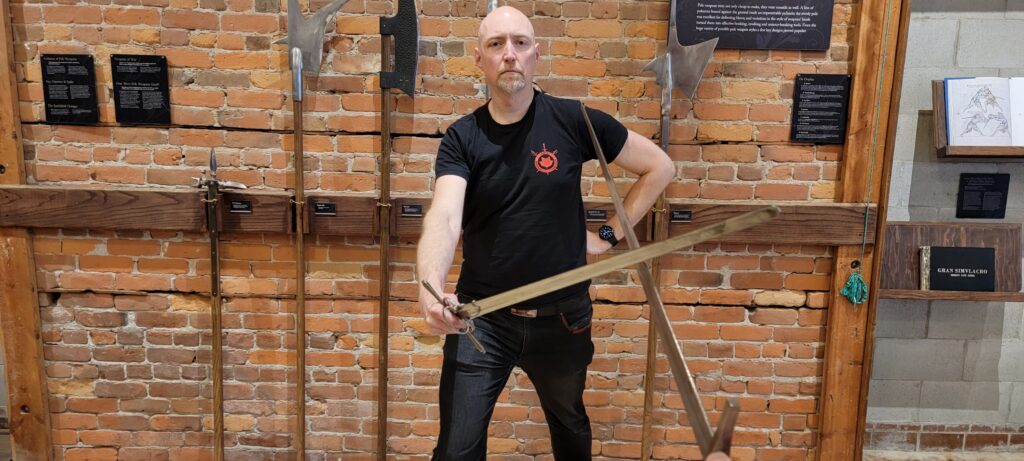
Solution: Ensure that the opponent’s weapon is closer to your hilt than you are to theirs.
Weak Angle
The angle of the sword forms a slope that either channels the opponent’s pressure toward your fulcrum (thus reducing their leverage) or toward your point (increasing their leverage). When an opponent places their weapon in an angle that is underneath yours it should be working against them. Simply push through it with a direct thrust.
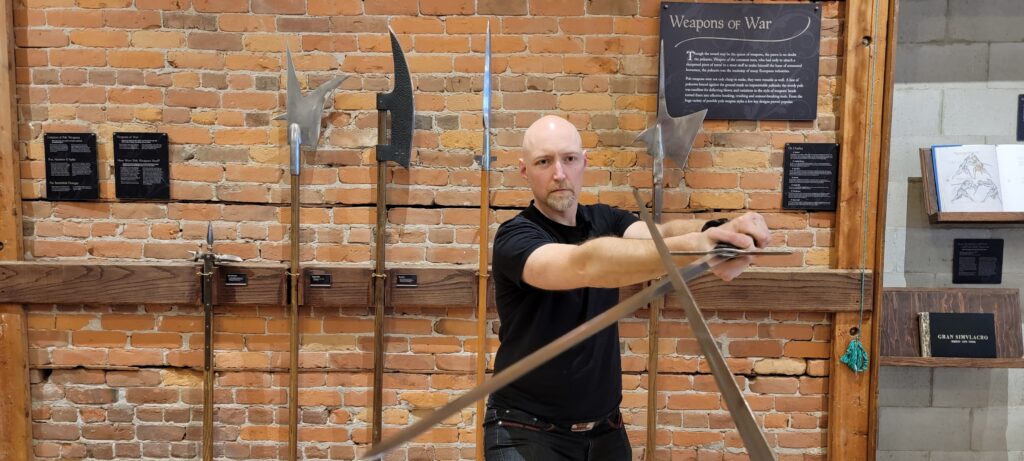
If the opponent crosses over your sword but still has their hands outside of the frame of their hips, they’re going to end up creating a weak angle when they aim the weapon’s point back toward your body. Apply a lateral pressure to their sword by aiming to strike them in their opposite shoulder while they begin their attack.
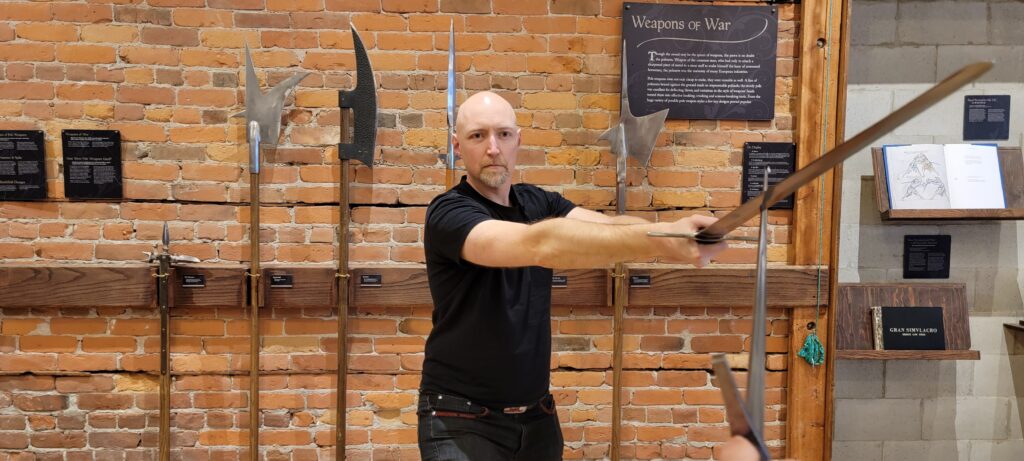
Solution: Make sure that you cross over your opponent’s weapon throughout both your control and your strike (seen below).
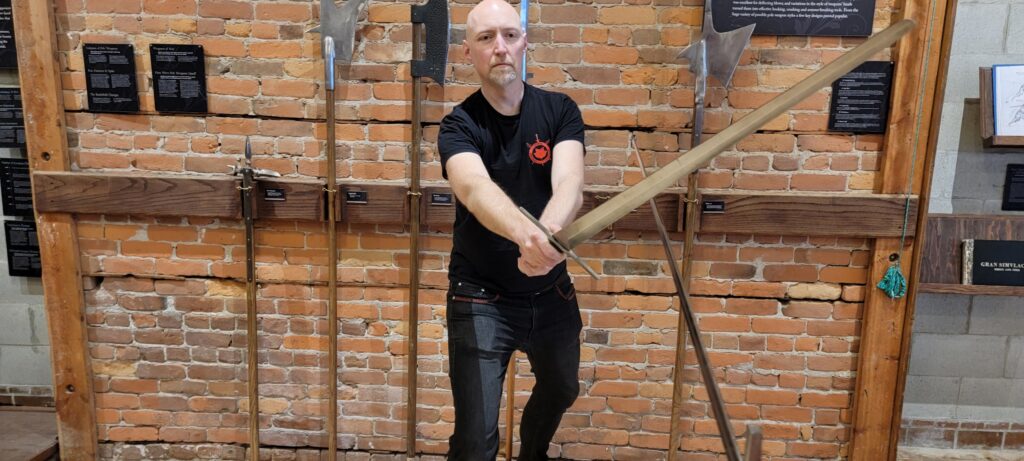
Sword in Transition
There’s a rule in my teaching: Swordwork before footwork. Ensure that you form your sword position and body position before you step.
When someone is stepping and changing their sword position simultaneously it becomes much more difficult for them to structurally resist outside pressure. If your opponent is winding or twisting their sword during their attack, you can often circumvent their control (and attack) with a direct attack of your own and some lateral pressure.
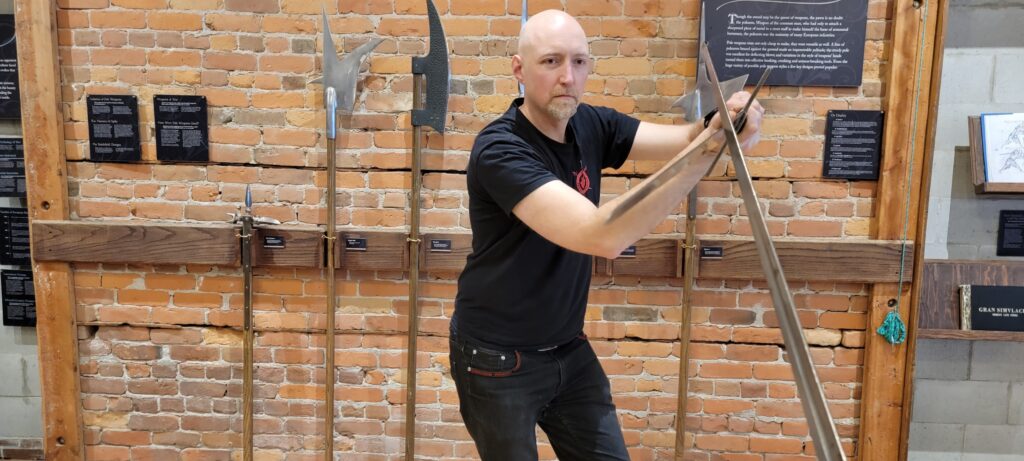
Solution: Form defensive structures ahead of your body before you step.
“I Have a Way to Counter That”
When you defeat someone’s control they often have a way they can respond to avoid being hit or to restore their offence (typically this is yielding or hanging). The thing to consider here is: If you are forcing them to employ a “counter” during their attack, who is putting whom into obedience?
If, when you are the attacker, your opponent is able to easily counter-attack and force you to defend yourself then you are giving them an opportunity to take back the initiative. A good attack demands a concerted and large effort to defeat it, thus allowing you to take advantage of their defence and strike them or control them with your second intention.
Challenge with Consent
There is nothing more annoying than the drill partner who constantly tries to counter every one of your actions (outside the parameters of their assigned role). Experimentation in martial arts is a collaborative process so make sure that the challenges you are offering are invited and contextually relevant.
In our classes we start with unopposed exercises and then gradually add various challenges to help refine and improve the technique. Doing this elegantly and cooperatively is key to making the most of each practice session.
As you enter into your next practice try to build your awareness of the assumptions that might be driving your reactions. Make some space to start asking some simple questions of your partners to make sure what you are practicing is driven by physics and not conspiracy.
